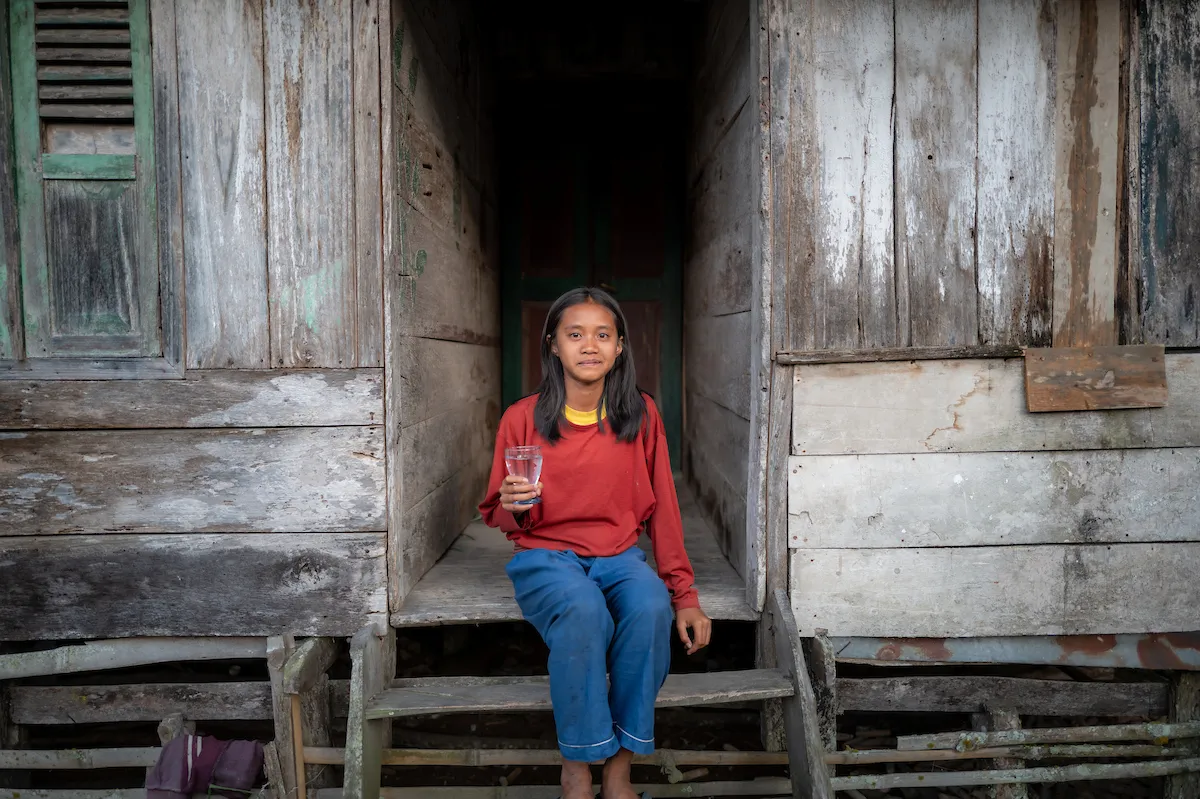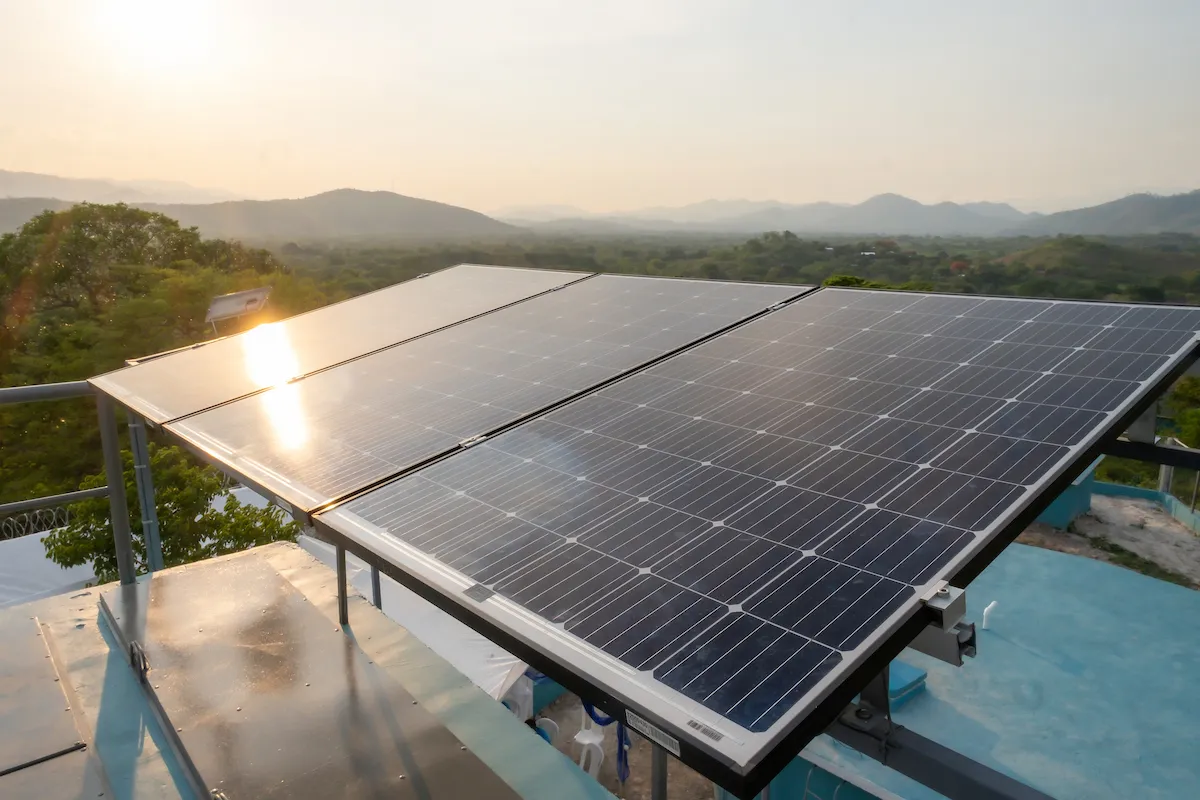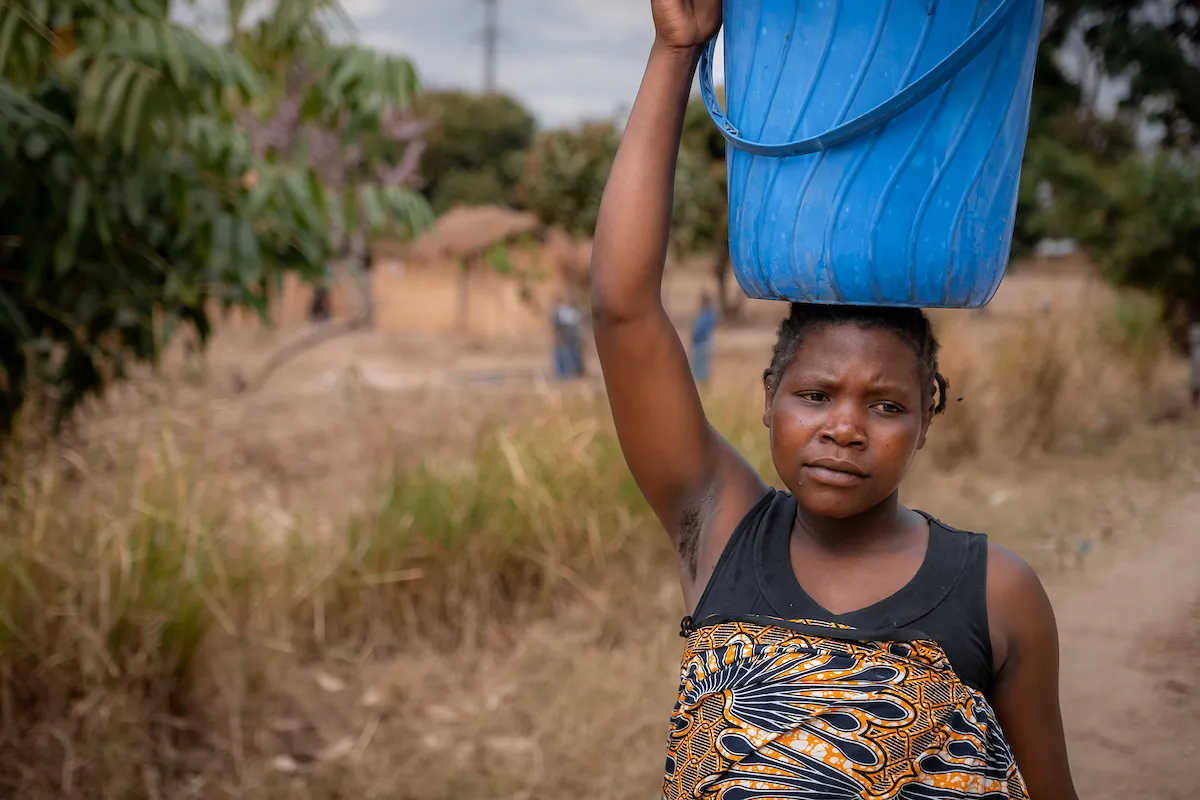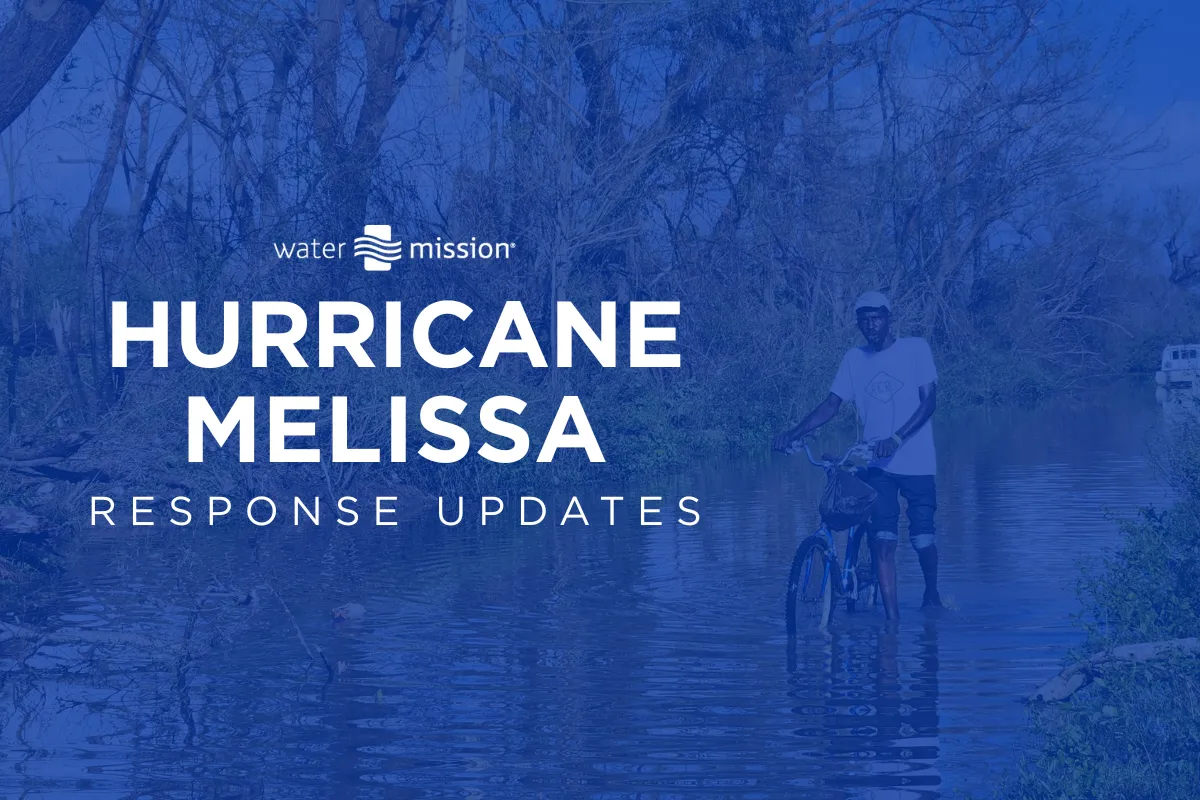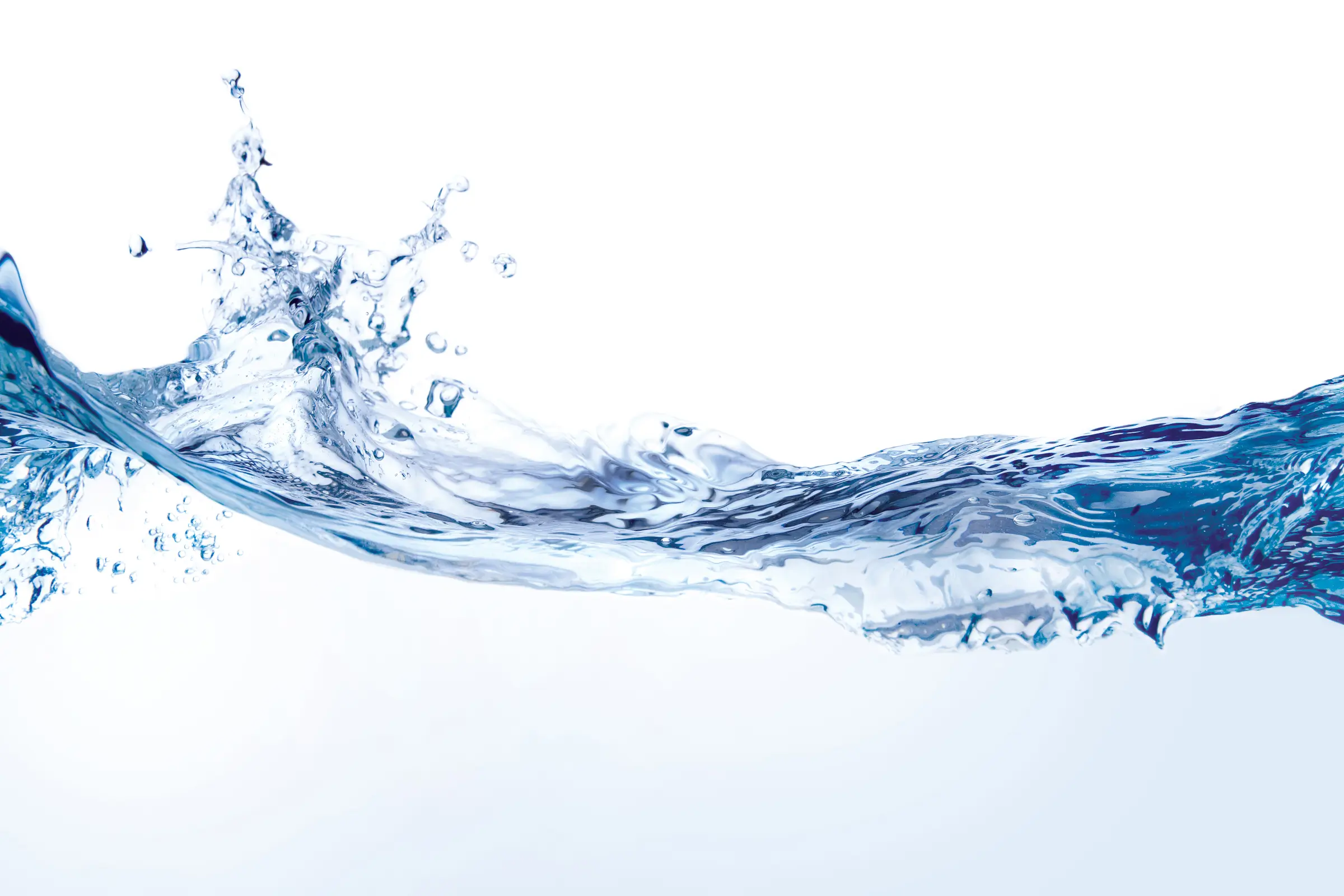Burundi Crisis: Refugees Flee to Tanzania
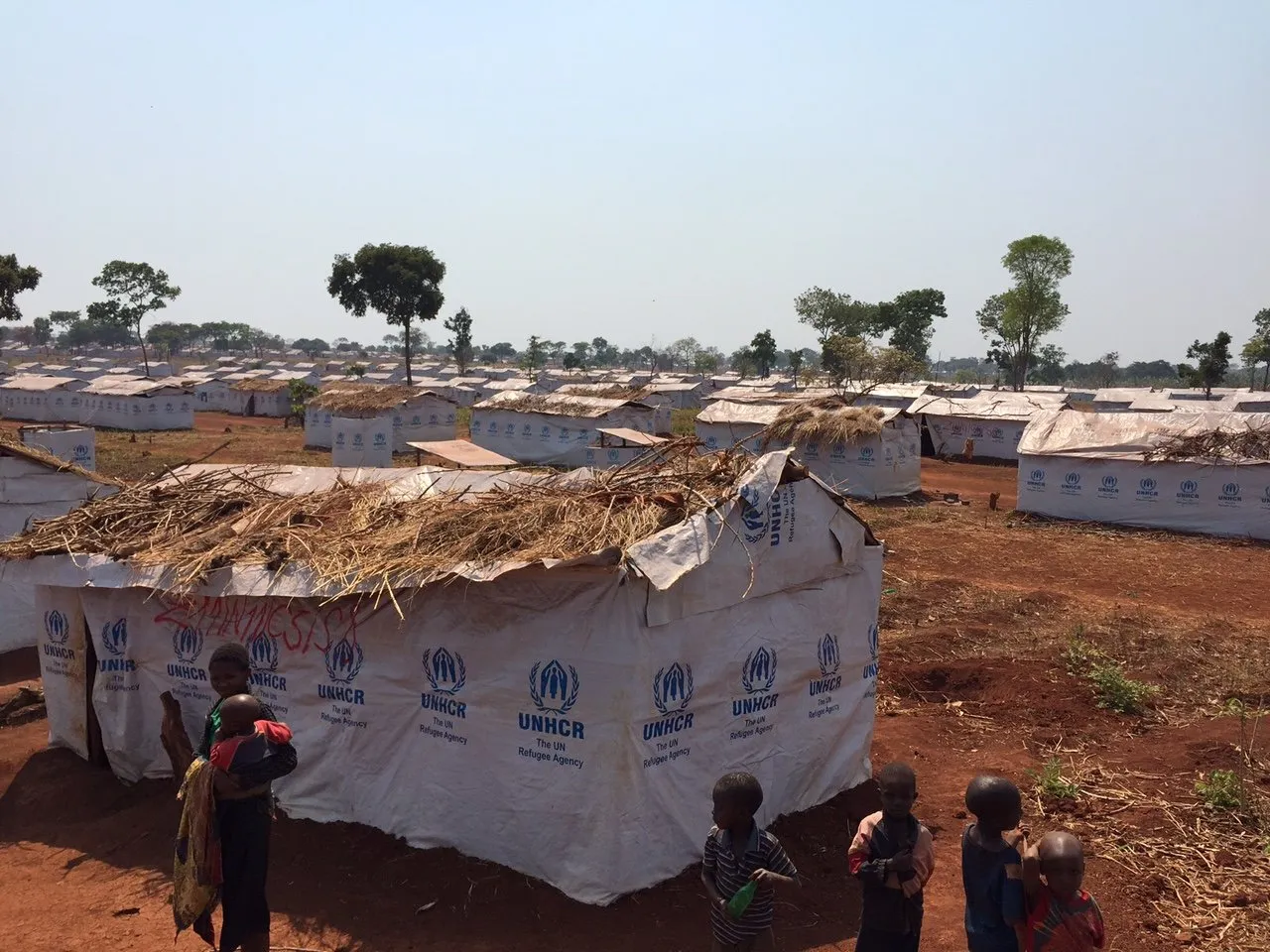
 Water Mission reached out to UNICEF Tanzania offering assistance, and after negotiations, we responded to the crisis by sending staff to assess the water and sanitation needs and to coordinate an immediate response. Brian Graham, a Water Mission engineer, spoke about the conditions in the camp. “The water in the river was unappealing due to its murkiness and the prospect of runoff from livestock, people bathing and washing clothes, and latrines. Just 50 meters up the river there was a group of 50 to 100 women doing their laundry, and downstream of our intake was an area where large amounts of refugees were constantly collecting jerry cans of the river water. I witnessed people drinking this raw water immediately after collecting it from the river. I was shocked.”
Water Mission reached out to UNICEF Tanzania offering assistance, and after negotiations, we responded to the crisis by sending staff to assess the water and sanitation needs and to coordinate an immediate response. Brian Graham, a Water Mission engineer, spoke about the conditions in the camp. “The water in the river was unappealing due to its murkiness and the prospect of runoff from livestock, people bathing and washing clothes, and latrines. Just 50 meters up the river there was a group of 50 to 100 women doing their laundry, and downstream of our intake was an area where large amounts of refugees were constantly collecting jerry cans of the river water. I witnessed people drinking this raw water immediately after collecting it from the river. I was shocked.”
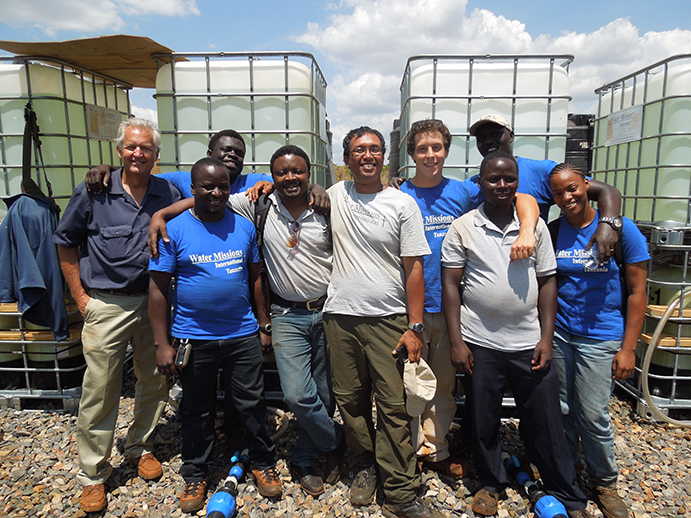 Water Mission engineers worked alongside UNICEF, UNHCR, MSF, and OXFAM to design and install one of the largest water treatment systems that Water Mission has ever implemented. From laying 8 kilometers of pipe, to installing 10 Living WaterTM Treatment Systems (LWTSTM), to setting up 20 tap stands, our engineers and technicians engaged and worked alongside up to 300 Burundi volunteers daily to see this project through. “Our water system is serving the Burundians that live in the southern portion of the camp,” Graham explained. “The system was intended to supply 25,000 people with 15 liters of water per day. Since our team has been on the ground in the camp, we have seen that the need is greater than 25,000 so we are doing what we can to spread this supply of safe water further into key areas such as child friendly spaces and medical clinics. I spent many hours laying out and designing the system remotely from Charleston, SC using satellite images, but only once I arrived did I realize how enormous the camp is and how easy it is to get lost in the endless clusters of tents.”
Staff members from Charleston and around the world are continuing their work to improve the water situation and reach a greater number of refugees. “The immediate difference I saw in these refugees lives was so rewarding.” Graham said. “All of the tap stands, which are now flowing from morning to night, were crowded with people that were ecstatic to have a continuously flowing source of water, close to their home, that is producing clear, beautiful, safe water. Refugees are now coming from all over the camp to receive water, and I can tell you that they were shocked to see a foreigner and all of our Water Mission staff on the ground there, filling up our water bottles at the same tap stands that they were.”
Water Mission engineers worked alongside UNICEF, UNHCR, MSF, and OXFAM to design and install one of the largest water treatment systems that Water Mission has ever implemented. From laying 8 kilometers of pipe, to installing 10 Living WaterTM Treatment Systems (LWTSTM), to setting up 20 tap stands, our engineers and technicians engaged and worked alongside up to 300 Burundi volunteers daily to see this project through. “Our water system is serving the Burundians that live in the southern portion of the camp,” Graham explained. “The system was intended to supply 25,000 people with 15 liters of water per day. Since our team has been on the ground in the camp, we have seen that the need is greater than 25,000 so we are doing what we can to spread this supply of safe water further into key areas such as child friendly spaces and medical clinics. I spent many hours laying out and designing the system remotely from Charleston, SC using satellite images, but only once I arrived did I realize how enormous the camp is and how easy it is to get lost in the endless clusters of tents.”
Staff members from Charleston and around the world are continuing their work to improve the water situation and reach a greater number of refugees. “The immediate difference I saw in these refugees lives was so rewarding.” Graham said. “All of the tap stands, which are now flowing from morning to night, were crowded with people that were ecstatic to have a continuously flowing source of water, close to their home, that is producing clear, beautiful, safe water. Refugees are now coming from all over the camp to receive water, and I can tell you that they were shocked to see a foreigner and all of our Water Mission staff on the ground there, filling up our water bottles at the same tap stands that they were.”
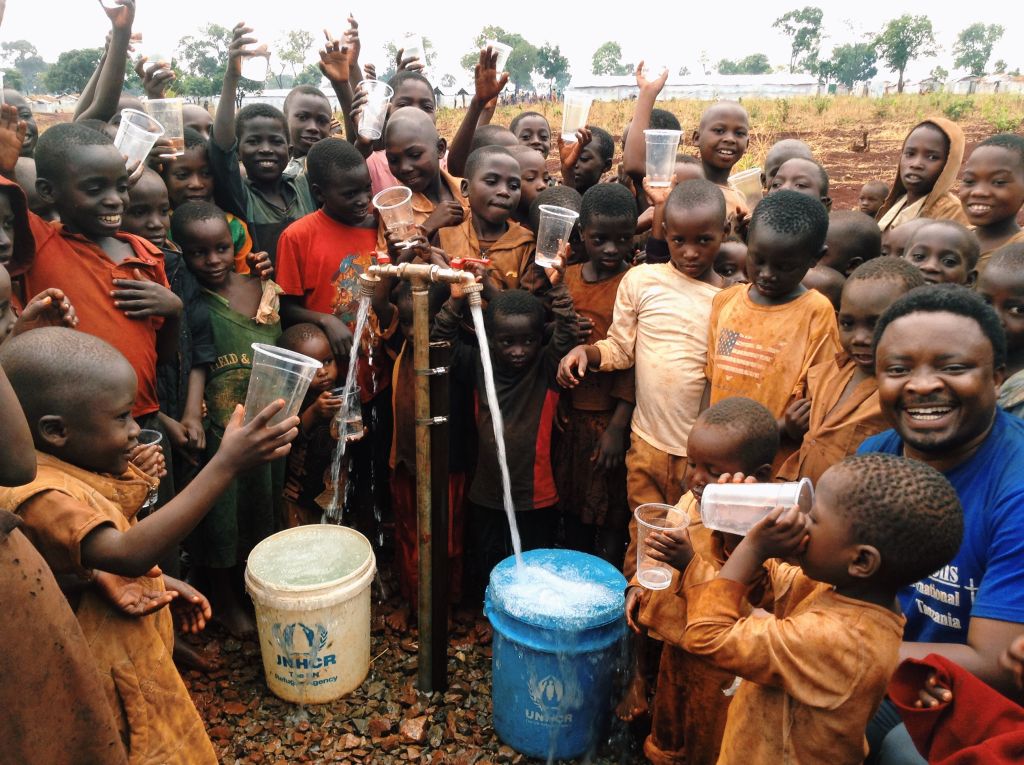 Water Mission’s work has only just begun. We are continuing to work with partners to provide more water to the camp. Although we pray for the Burundians to be able to return home, we are implementing our systems with the intention of transitioning them to longer-term solutions for nearby refugee camps or the neighboring Tanzanian communities who have been impacted by the influx of refugees. As the numbers grow, Water Mission refuses to slow down. For those who have lost everything, there is a new hope flowing through the camp. A daily reminder that tomorrow will be a little bit better than to- day and that they are not in this fight alone. Although our supply fills a very needy gap, there is still so much that can be done in Nyaragusu with your support.
Water Mission’s work has only just begun. We are continuing to work with partners to provide more water to the camp. Although we pray for the Burundians to be able to return home, we are implementing our systems with the intention of transitioning them to longer-term solutions for nearby refugee camps or the neighboring Tanzanian communities who have been impacted by the influx of refugees. As the numbers grow, Water Mission refuses to slow down. For those who have lost everything, there is a new hope flowing through the camp. A daily reminder that tomorrow will be a little bit better than to- day and that they are not in this fight alone. Although our supply fills a very needy gap, there is still so much that can be done in Nyaragusu with your support.
Related Impact Stories
